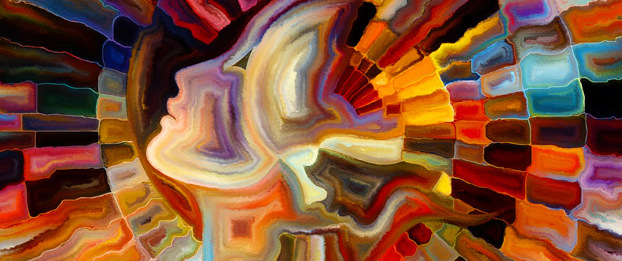5 Strategies for Using Color Psychology to Improve Productivity and Employee Happiness

This article was updated on August 29, 2018.
The human eye can perceive a wide range of color shades. Certain colors can even help spark mood shifts and induce specific reactions, according to WebMD. It's no surprise that color psychology has long played a role in business. It's used frequently in branding, design and product marketing strategies to position businesses and help sell products.
Savvy business leaders have also realized that color can play a role in improving employee focus, creating a positive work environment and, ultimately, increasing productivity. Yet a web-fueled uproar about the color of a wedding dress shows that not all perceptions of color are universal, according to USC News.
In fact, HR leaders have to be aware of cultural sensitivity around colors when developing marketing materials, choosing office layouts and incorporating artwork. Specific colors may have vastly different meanings to global audiences. The Huffington Post reported that red, for example, is affiliated with prosperity and love in India, but with mourning in South Africa.
Here's a closer look at five ways HR leaders can tap into color psychology when developing the optimal work environment to promote productivity and employee well-being.
1. Use Color to Help Improve Focus and Positive Moods
Your organization's color choices can shape your work environment. Designers are often hired to create a plan — from wall paint to furniture selections — that fits a certain aesthetic, caters to employees' tastes or makes the most of a specific work space.
Choosing colors based on goals instead of personal preference can also be a boon to productivity and creativity. Forbes reported that green sparks creativity, red can hamper analytical thinking and blue is both widely liked and soothing. Think about the experience and environment that you're trying to create and work with a professional to develop a palette that supports that goal.
2. Incorporate Color to Signal Flow, Boundaries and Purpose
How we use space is another element that influences moods and productivity. Color can be used to help create a sense of privacy or imply transitions between spaces. For example, different areas of an open-plan office could have complementary but different colors to signal creative brainstorming space, cubes where routine office tasks are completed and collaborative areas. Using color to signal the types of activities people should be focused on in a certain space, even subtly, can help increase focus and impact performance.
3. Play up Natural Light With Color
Another important element of the work environment is natural light. Inc.com reported that a bright, well-lit space is best for productivity, health and focus. Good lighting eliminates eye strain and makes it easier to sustain technology use for long periods.
Yet lighting is about more than overhead fixture choices and desk lamps. HR leaders should also think about how color choices can influence light. Lighter shades, reflective paints and other design techniques can help play up and filter light to create a more attractive work environment.
4. Embrace the Power of Change
Color psychology is interesting because it helps influence the way that employees think and feel at different times. If your organization is undergoing major changes, playing with the color palette of your office can help refresh things.
For example, if your organization historically opts for white walls and muted shades, adding a splash of color or boldly accented walls can help invigorate the office. By thinking periodically about ways to refresh your environment through color changes to walls, furniture or art, you have a simple and cost-effective tool at your disposal to add new dimensions to the workplace.
5. Lean on the Experts
A professional design expert who understands color psychology can be an invaluable resource. A design consult can help you choose the right colors to stimulate the results you're seeking and ensure that the end result is visually pleasing.
Color is an effective and often underutilized tool that HR leaders can use to expand and influence the employee experience. Color can improve productivity and happiness and should be an essential part of every HR executive's toolkit.



